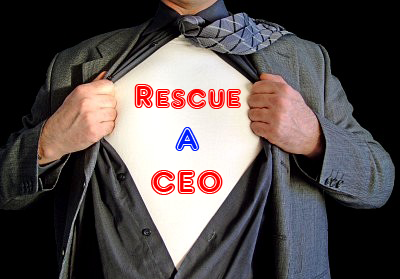Have a product idea you know the human race can no longer live without? Don't walk away from it. It's very possible to make money and enlighten the world. Take these steps to assure your product stays yours and gets recognized for the greatness it is.
Step 1: Documentation
Write a description of your product in a notebook. Make certain to include what your product does, the problems it solves, its purpose and material composition. Record sufficient detail to distinguish your design to eliminate the chance of possible duplication. Spill your ideas onto the pages of a specially designed inventor's notebook or your everyday journal. It might be necessary to prove your intended patent is your own, explains Investorspot.com. Documenting it accurately is the first step in obtaining a patent.
Step 2: Background Research
Research your idea in terms of business and legal aspects. Reach out to trusted family, friends and professionals to find out if they'd buy this product or idea. Before you file a patent:
- Conduct an initial patent search. Visit www.uspto.gov to ensure that no prior patent exists. A non-patent “prior art” search will give you the information you need. If any of your design duplicates existing material related to your concept, you cannot get a patent.
- Market research is important. Your idea may seem genius to you, but that’s not enough to base your decision to patent on. Before you invest too much time and money in patenting, your preliminary market research will let you know if it’s worthwhile to go through the patenting process. You can begin taking advantage of Pitney Bowes small business services along with creating a presence on social media platforms to reach out to potential customers and start the conversation about your idea. Gather feedback on the product and make improvements based on consumer needs and suggestions.
Step 3: Make a Prototype
Create a prototype modeling your invention. This will demonstrate that your invention design is your own. It’s typical that you’ll discover flaws in your original design or that you’ll want to add a new feature. Patenting your idea before you resolve these issues means that it will be too late to include them later. When you are developing your prototype make certain to cover the following:
- One: A drawing is essential. Create a drawing with as much detail as possible.
- Two: Devise a 3-D model of your design; perhaps a computer animation?
- Three: Create a full-working model of your idea. There are many books and kits that can help you develop your prototype.
You may not have the necessary skills to bring your design from the drawing board to three dimensions. If so, aspiring inventors may wish to hire professional designers, engineers or prototype developers.
Financing and Professional Help
An inventor's idea can only go so far without the funds to make it a reality. You can offer compensation without paying any cash up front by offering a possible sales royalty to those assisting the process. Another way to finance your patenting process and subsequent business startup is to seek out an angel investor, a wealthy individual who provides capital to promising businesses.
Martha Stewart advises that you reach out to a design firm for help with prototype creation. They will help determine if it makes sense for you to proceed with the patent application process. When selecting a design firm, choose one that has the expertise you need and identify any pitfalls you may want to avoid. You may be able to achieve more competitive pricing when you solicit three offers before settling on one.
Obtaining a patent can be a time-consuming and costly process — but it doesn't have to be. The US Patent and Trade Mark Office (USPTO) can help you get on the way to filing your design. They have a complete database of existing patent copies for you to access and review to ensure that your design is not a duplicate. Visit the USPTO online to get the preliminary information you need to get started.
—-
This guest post is courtesy of Sara Miller. From first grade through graduate school, “B” was never in Sara's vocabulary. In addition to being a perfectionist, she has always been fascinated by the anatomy of successful start ups.

















































 |
|
Comments 4